It’s the longest muscle in your body, running obliquely across the front of your thigh. It engages when you fold your legs to sit cross-legged, helping the leg rotate into position.
Before I share the etymology of the name, I want to take you with me on another virtual visit to Guatemala. Walk with me through the backstreets of Panajachel as motorcycles and three-wheel taxis whiz by us. The sidewalk is narrow if present. The walls of businesses and houses come right to the street, and the open doors allow us to peep inside as we stroll by. A frequent scenario we observe is a male tailor bent over his sewing machine, the floor covered in bright scraps of woven cloth, and the radio tuned to a gospel station.
Let’s stop for a chat with one of them, shall we?
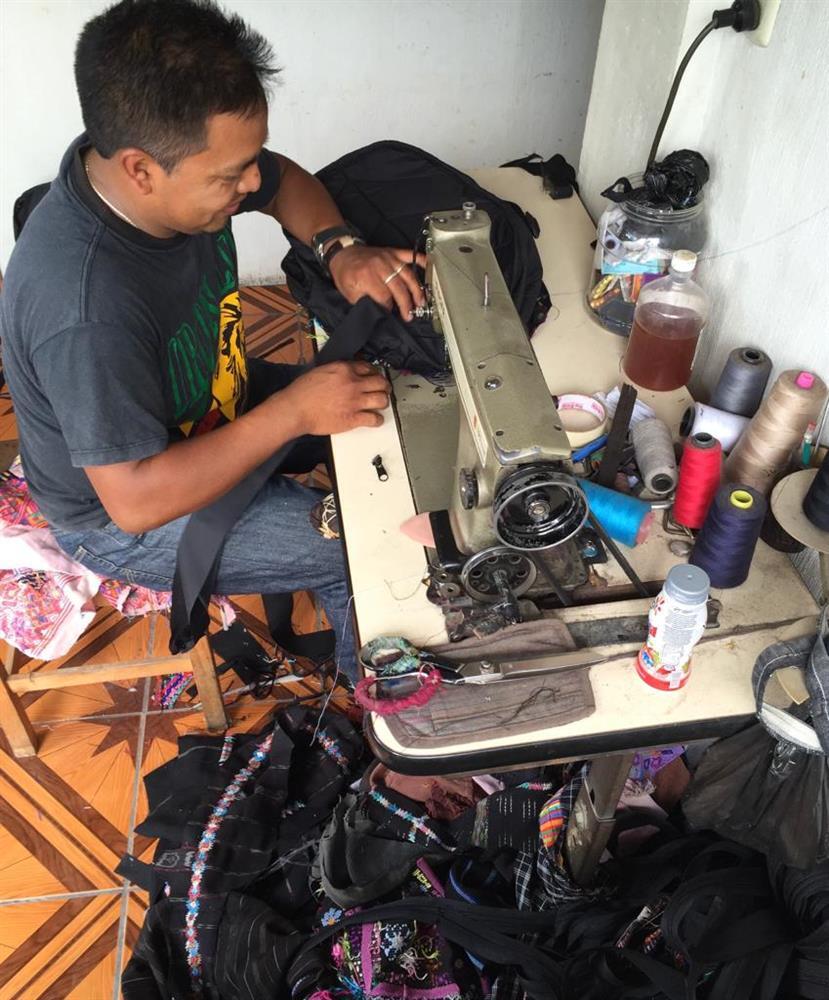
Francisco has been sewing bags and packs for Unique Batik for many years. His workshop is at his house, where he lives with his wife, children, and in-laws. Here is a man who finds great delight in his work! If a piece takes 3 hours or more to finish, he still smiles, because, he says, “It takes time to make something you love.” He enjoys seeing the “puzzle” come together, each bag a unique combination of patterns and colors, and finds sweet satisfaction in his finished creations.
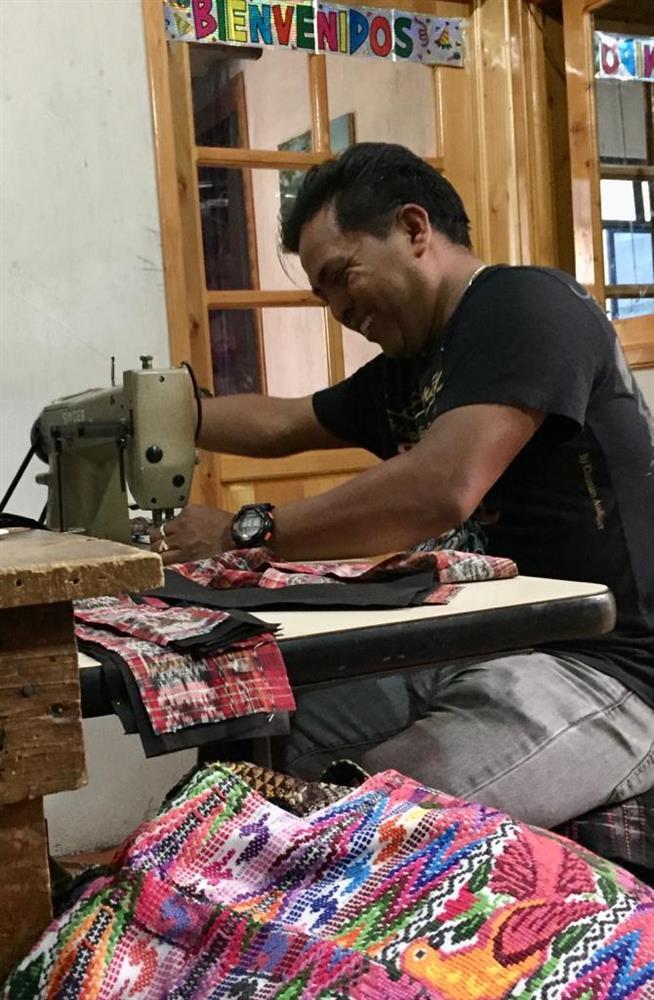
“It takes time to make something you love.”
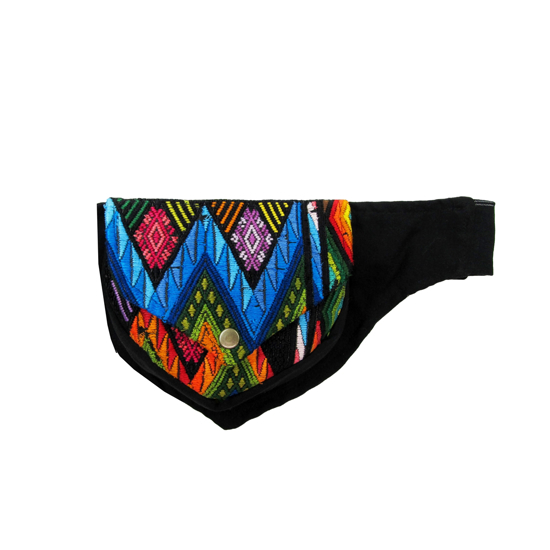
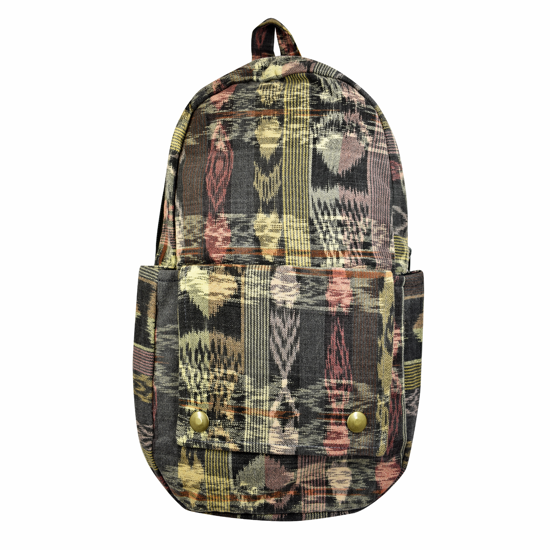
Order Francisco's adventure pack

Order Francisco's Zunil Backpack
The friendships he formed through his trade are something he deeply treasures. Over the hum of the sewing machine, he shares with us his gratitude for the help of friends in making his childhood dream a reality, i.e., owning his own business. This has provided a way for him to maintain a roof over the heads of his family, and he hopes it will continue to ensure a steady income for him and his wife even in their old age. When sales are down, his main concern is that he can keep up with the school fees for his sons, because their education is a high priority. He would love to see his son’s goal of becoming a medical doctor through to completion.
How does he feel about our rapidly changing world? On the negative side, he experiences increasingly elevated costs for his raw material, which the buyers do not always consider when negotiating prices for his products. The new online platforms on which he can promote and sell his work he sees as a positive aspect of modern times, albeit challenging to learn and navigate.
We have poked enough. Let the man get on with his business. Three hoorays to Francisco, “Sastre de Excelencia” of Panajachel!
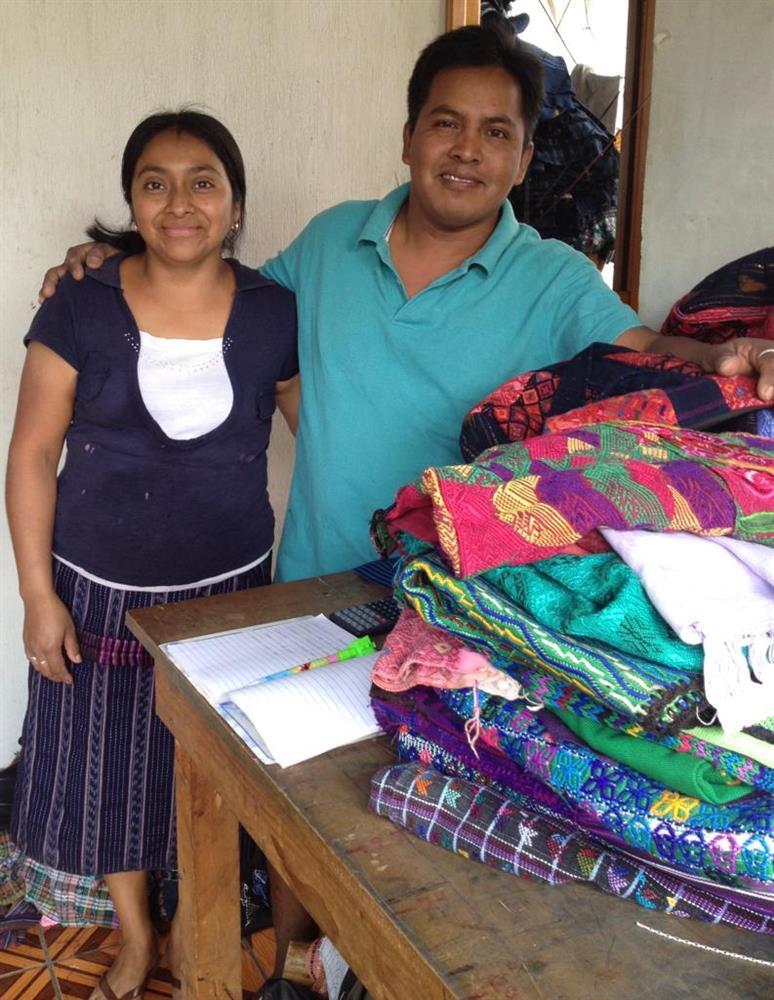
This is where we arrive at the story behind naming our longest muscle “sartorius”. “Sastre” is Spanish for “tailor”. It comes from a Catalan word (“sartre”) that grew on the Latin root “sarcire”, which means to sew, patch, or mend. The muscle in focus, also known as the “tailor’s muscle”, is so called because of the typical cross-legged positions in which tailors once sat to do their work. We find pictures or drawings dating back to the 15th century demonstrating them sitting on tables in front of big windows. (You can read about this tradition and see some illustrations here)
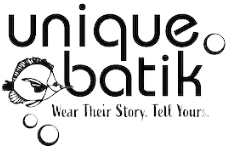



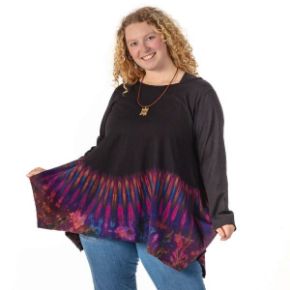
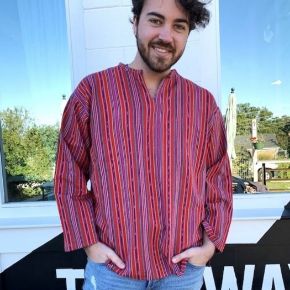

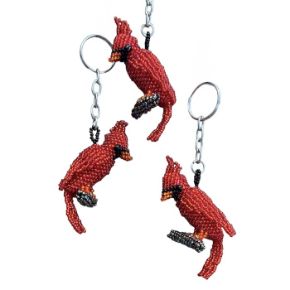

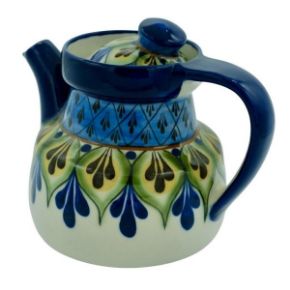
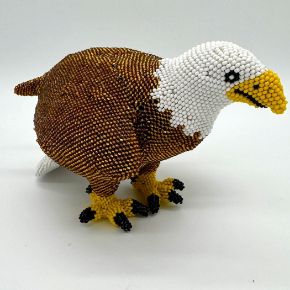
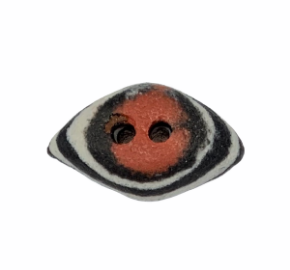
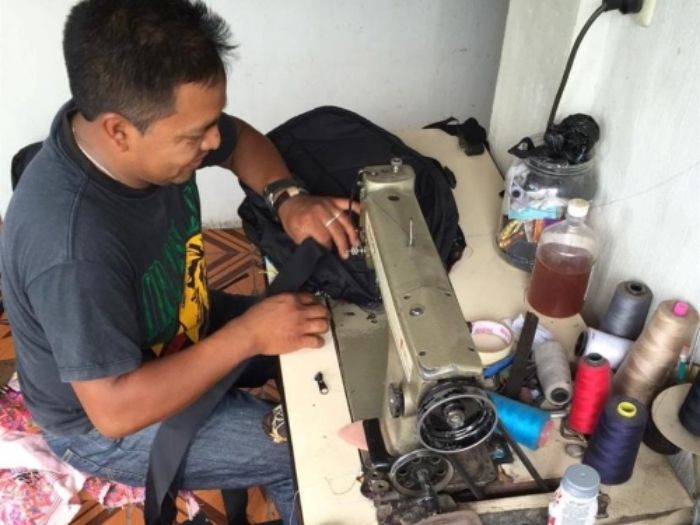
 Many of our artisans work in the region of Lake Atitlan, which is a huge volcanic lake in the Guatemalan highlands. Lake Atitlan is fifty square miles in area, and its thirty-one miles of coastline are surrounded by myriad villages, each unique. Famous travelers including writer Aldous Huxley and German explorer Alexander von Humboldt have described it as one of the most beautiful lakes in the world, and anyone who has seen its expanse of pacific blue waters reflecting the looming volcanic mountains that etch out its perimeter would have to agree. A three hour bus ride from Guatemala City, Lake Atitlan is a popular tourist destination with both local and foreign tourists, who come for the scenic beauty and the cultural interest found in its surrounding villages.
Many of our artisans work in the region of Lake Atitlan, which is a huge volcanic lake in the Guatemalan highlands. Lake Atitlan is fifty square miles in area, and its thirty-one miles of coastline are surrounded by myriad villages, each unique. Famous travelers including writer Aldous Huxley and German explorer Alexander von Humboldt have described it as one of the most beautiful lakes in the world, and anyone who has seen its expanse of pacific blue waters reflecting the looming volcanic mountains that etch out its perimeter would have to agree. A three hour bus ride from Guatemala City, Lake Atitlan is a popular tourist destination with both local and foreign tourists, who come for the scenic beauty and the cultural interest found in its surrounding villages.




